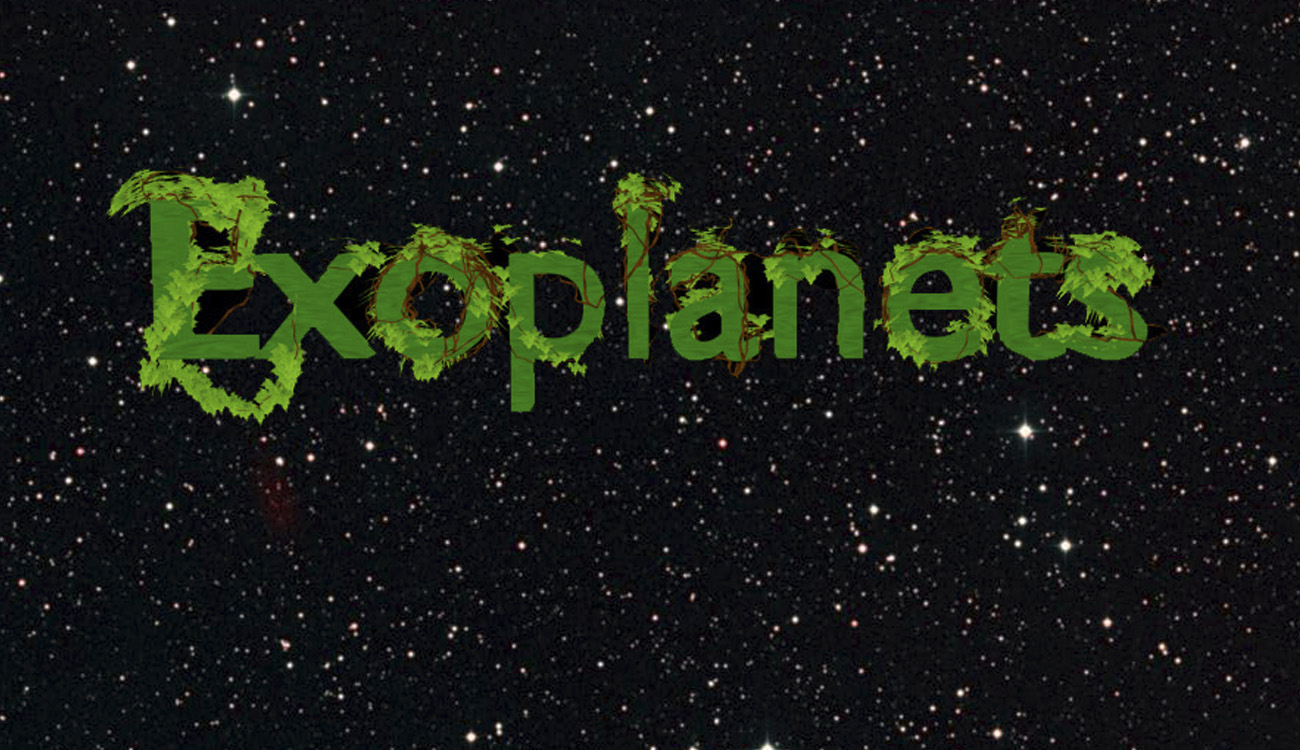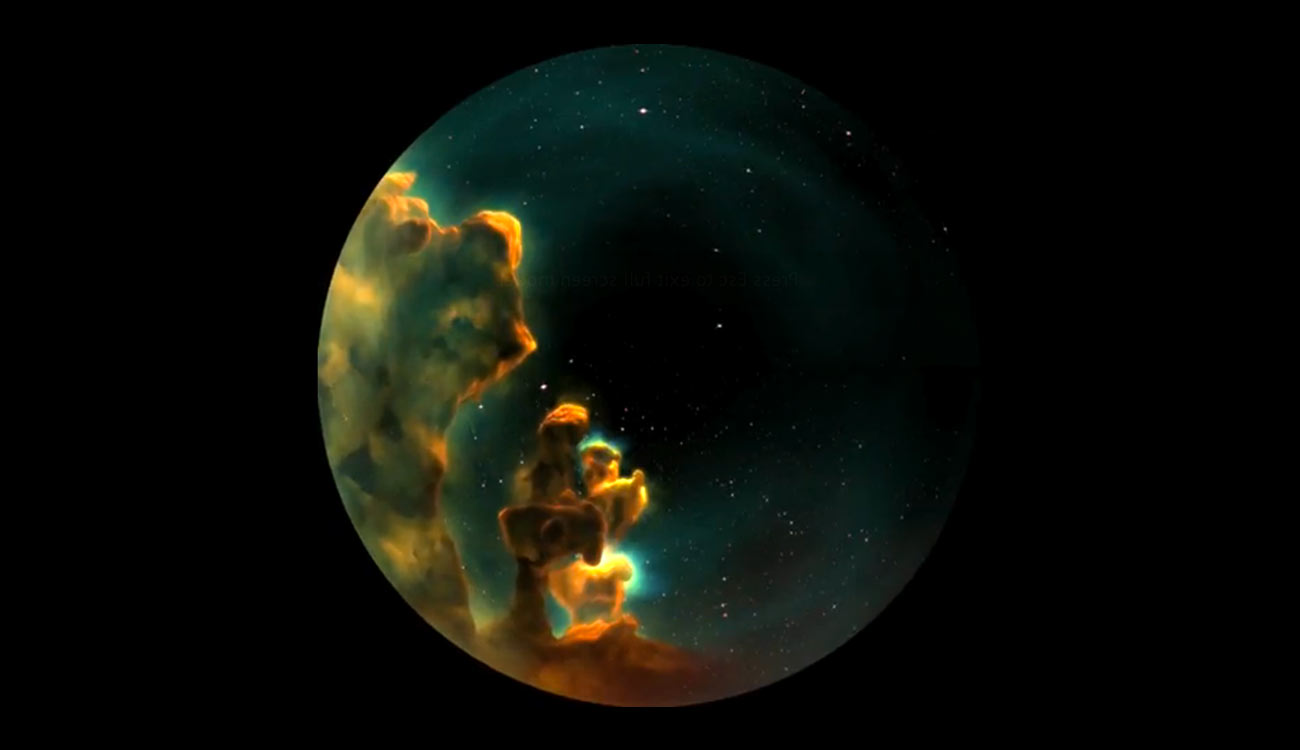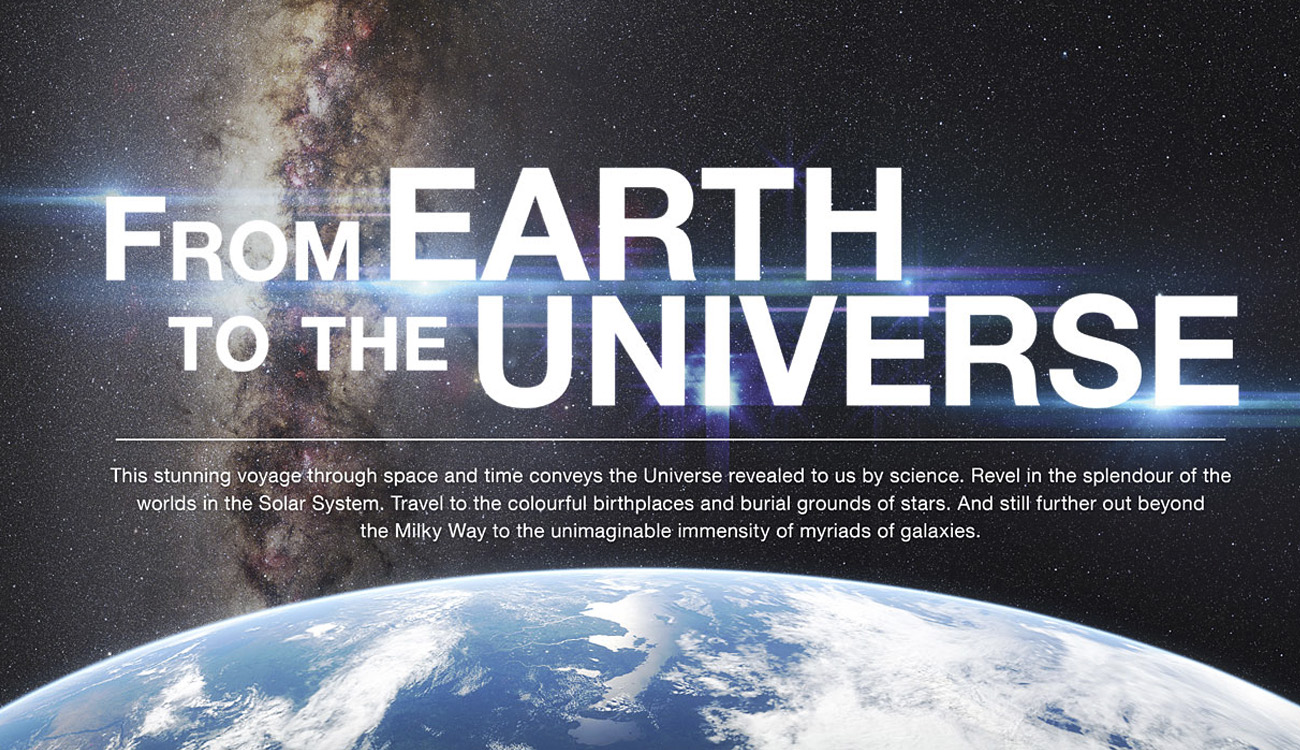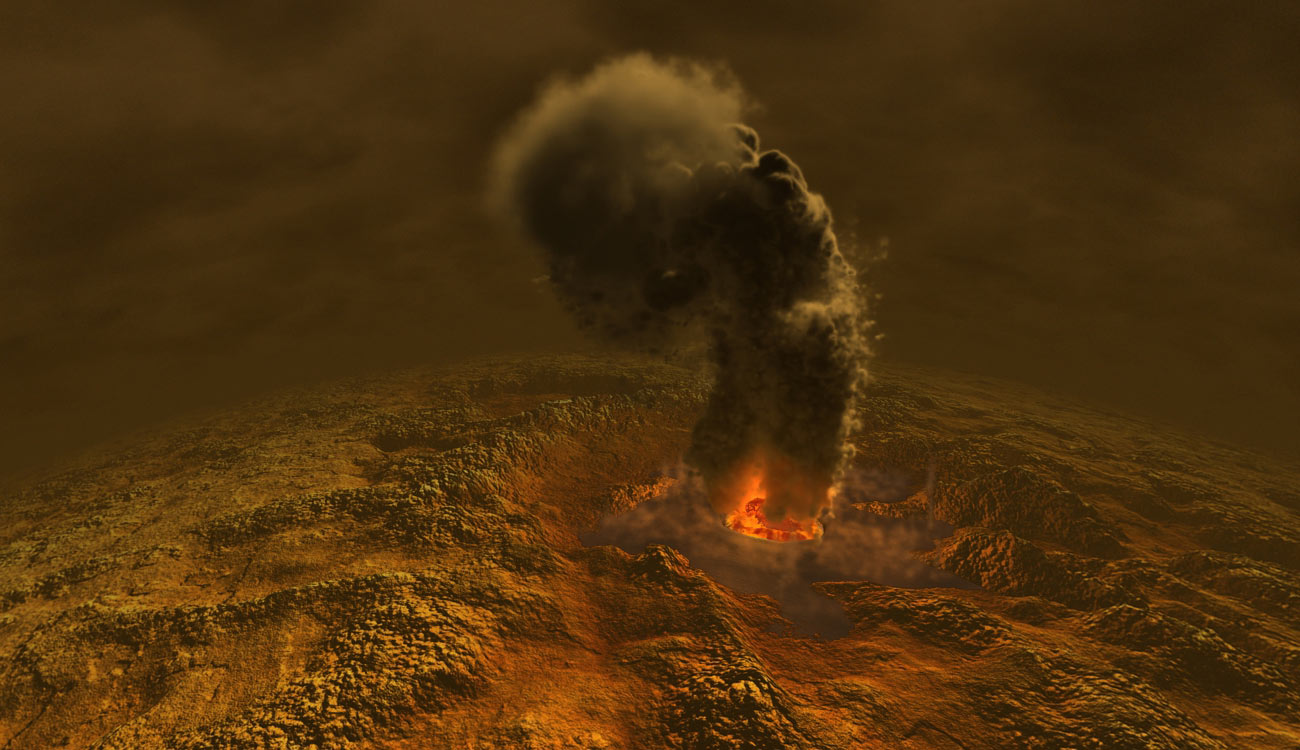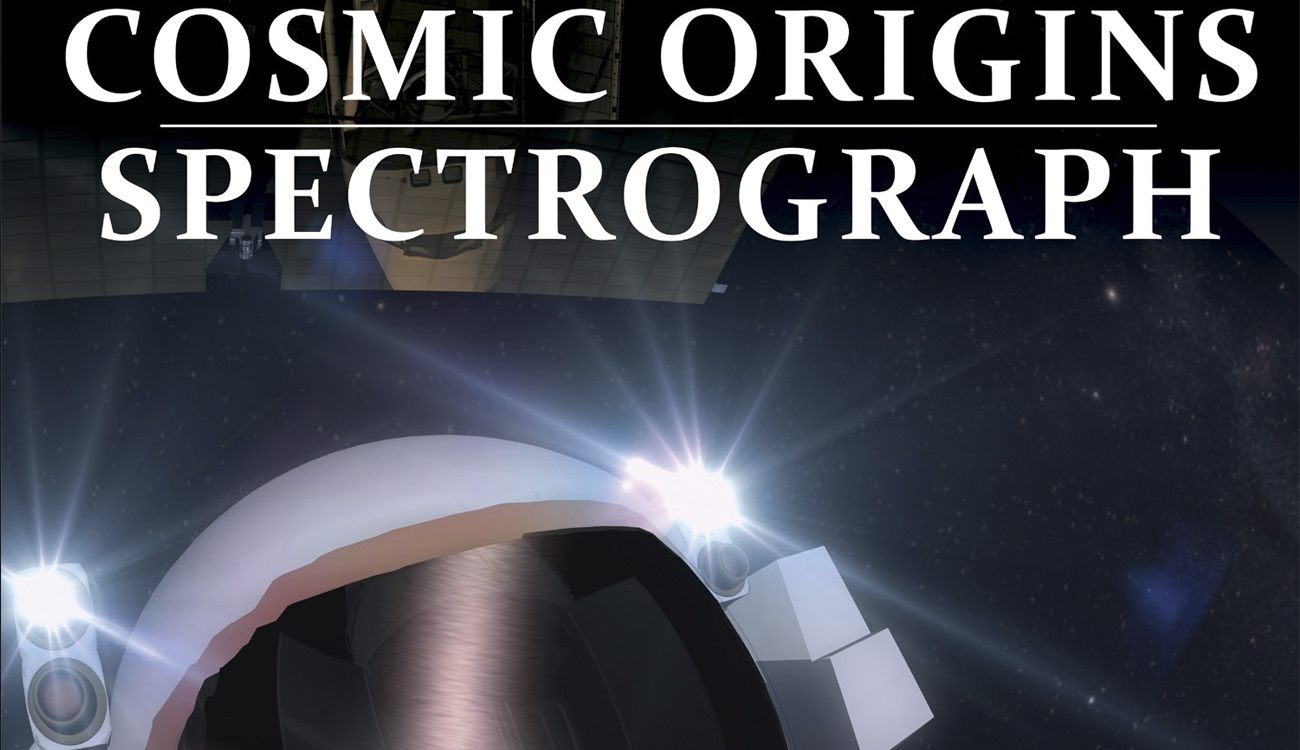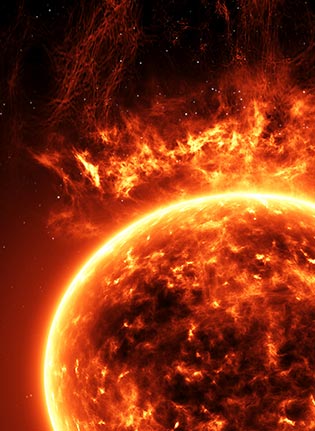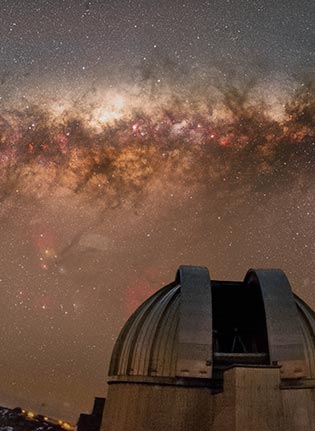The Planetarium is the perfect place to bring your group for an outing. The Earth and Space Science programs are for all ages, and can be scheduled on any week day.
Grades K & up
The Great Space Treasure Hunt
Join Bleamer on his quest for a fantastic space treasure! Journey to the planets of our solar system, the constellations, and the sun in this exciting quest.
Grades 1 & up
Our Place in Space
Our “place in space” is the focus of this exciting program. A host of endangered animals explore the cause of day and night, the importance of our star the sun, the beauty of the constellations, and a variety of objects that make up our solar system and galaxy, the Milky Way.
The Zula Patrol: Under the Weather
Move over George Jetson! The 21st century’s newest space team has arrived. Stalwart Captain Bula, brainiac Professor Multo, feisty hot-doggin’ space pilot Zeeter, the amazing space pet Gorga, and twin flying companions Wizzy & Wigg are the lovably wacky characters who will take our pre-Kindergarten through 2nd graders on a roller-coaster fun ride across the Universe — and teach them critical facts about science and astronomy in the process. The only 3D/CG high-definition animated children’s show that focuses on the important curriculum of science and astronomy, The Zula Patrol is an entertaining and educational TV series that combines zesty family entertainment with proven educational elements. With a secondary goal of encouraging core values of non-violence and tolerance, the show encourages whole-family participation and interest in learning about science and astronomy, in a fun, comedic style. The Zula Patrol is distributed to public television affiliates through American Public Television. The Zula Patrol: Under the Weather planetarium presentation is an exclusive feature created in fulldome digital format. This digital, CG-animated show features the same lovable, wacky cast of alien characters from the award-winning public television series, who take kids on a rollercoaster ride across the universe, teaching them critical facts about science and astronomy in an entertaining, comedic style. The storyline: The stalwart heroes of The Zula Patrol are on an expedition collecting samples of weather for scientist Multo’s research — using their loyal pet Gorga’s ability to collect and bottle all kinds of weather. But when other members of The Zula Patrol inadvertently hurt Gorga’s feelings, he decides to find a planet within the Solar System on which to live. Interplanetary villain Dark Truder, along with his talking toupee Traxie, takes advantage of the situation to trick Gorga into helping him take the weather from the Solar System planets — part of his latest nefarious scheme to rule the Universe (and find the legendary Kaboobie Ruby). The Zula Patrol discovers Dark Truder’s plan and goes after him — discovering all about weather in the process, both on Earth as well as interplanetary.
Grades 3 & up
Realm of Light
The question is simple: How do you to tell the 14 billion year story of the Universe and the surge of the human kind... in 23 minutes? Well, “Realm of Light” is a brilliant answer. This fascinating Show at The Planetarium is a visually beautiful full-dome experience about the origin of life, the marvel of nature and significance of the human mind. It’s like taking a dreamy swim through time and space. With stunning special effects and excellent sound score, this superbly animated production tells the story of life and its evolution from the Big Bang until the modern age of man. It’s told in an elegant, philosophical way.
Stars
Every star has a story. Some are as old as time, faint and almost forgotten. Others burn bright and end their lives in powerful explosions. New stars are created every day, born of vast clouds of gas and dust. Through every phase of their existence, stars release the energy that lights the Universe. Journey to the furthest reaches of our galaxy and experience both the awesome beauty and destructive power of stars. Produced by Nashville’s Sudekum Planetarium at the Adventure Science Center who collaborated with the National Space Centre in Leicester, England, to create this stunning show exploring the powerhouses of the universe and our relationship with the night sky throughout history. STARS is narrated by actor Mark Hamill.
The Secret of Calakmul
Discover the mysteries around Calakmul, a Maya city lost for a thousand years under the jungle, be guided through relationships between the starry sky and the architecture as well as about the biodiversity wealth of the jungle in Campeche state, Mexico, through incredible time lapses, 360° video, drone shots, computer-generated animations of 3D models and direct jungle audio in 5.1 channels.
This show is provided by: 
Grades 4 & up
Dynamic Earth
Narrated by actor Liam Neeson, Dynamic Earth is an immersive fulldome program that explores the inner workings of Earth’s climate engine. With visualizations based on satellite monitoring data and advanced supercomputer simulations, this cutting-edge production follows a trail of energy that flows from the Sun into the interlocking systems that shape our climate: the atmosphere, oceans, and the biosphere. You’ll ride along on swirling ocean and wind currents, dive into the heart of a monster hurricane, come face-to-face with sharks and gigantic whales, and fly into roiling volcanoes. Collaborators: Thomas Lucas Productions, Inc.; National Center for Supercomputing Applications; Spitz Creative Media; NASA’s Scientific Visualization Studio; in association with Denver Museum of Nature & Science and NASA Science
From Earth to the Universe
The night sky, both beautiful and mysterious, has been the subject of campfire stories, ancient myths and awe for as long as there have been people. A desire to comprehend the Universe may well be humanity’s oldest shared intellectual experience. Yet only recently have we truly begun to grasp our place in the vast cosmos. To learn about this journey of celestial discovery, from the theories of the ancient Greek astronomers to today’s grandest telescopes, we invite you to experience From Earth to the Universe.
Exoplanets
An exoplanet is a planet that orbits a star other than the Sun. Nearly 2000 exoplanets have been discovered over the past 20 years. This is a full dome production about planets outside of our solar system and the methods used to find them. The discovery of exoplanets has intensified interest in the search for extraterrestrial life, particularly for those that orbit in the host star’s habitable zone where it is possible for liquid water (and therefore life) to exist on the surface.
Grades 5 & up
Cosmic Origins
A film highlighting the current research of C.O.S. aboard the Hubble Space Telescope, the last instrument installed by the NASA astronauts. The Cosmic Origin Spectrograph is allowing us an unprecedented view into the vast spaces between galaxies which surrounds our own Milky Way.
Dark Star Adventure
After spending three years at her father’s astronomy research station on a dusty, dying planet, Subrah, a teenager bored by science, is excited about leaving — and not a moment too soon. The planet’s sun is a bout to explode and it’s time to evacuate. When a technical glitch launches Subrah’s father into space without her, she is faced with the biggest challenge of her life — making her own getaway and returning safely home again. Join Subrah and her robot helper Sweeps on an unforgettable voyage of discovery as they unravel a cosmic riddle that points the way to planet Bekenal. You’ll witness the awesome power of a supernova, explore the heart of a gaseous nebula, visit exotic pulsars and learn to keep a safe distance from a black hole!
Icy Worlds
Explore the solar system and learn about space so cold that water and air can freeze. Focus is on the newly discovered moons of Saturn and Jupiter.
In Search of New Worlds
Does the universe abound with countless other planets teeming with life? Are we on the edge of a new era, soon to discover life elsewhere in the universe? Will at least one of those countless other “new” planets provide some hint that we share the vastness of space with other life? Or are we alone in the universe? “In Search of New Worlds”, before turning to other planetary systems, examines events that have changed our understanding of the size and content of our own solar system.
Light Years from Andromeda
A beam of light leaves the Andromeda Galaxy and travels across the void of intergalactic space. On a planet located in a nearby galaxy, intelligent life evolves. As the light speeds across the light years, over the course of centuries, the primitives on the planet from cultures and civilizations begin to wonder about the universe surrounding them. Their awareness of the night sky increases as the beam of light draws nearer to their planet. When the light reaches the Earth, some of the dependents of the early hunters have just escaped the bonds of their world’s gravity, and visited the moon. In modern times, scientific study of space helps the planet’s current inhabitants to understand the properties of light, and the ways that understanding shapes our further knowledge of the universe.
More Than Meets the Eye
A comprehensive look at over three dozen stars and constellations. This show features photographs of various planets and deep sky objects as people actually see them when using binoculars and telescopes. It briefly discusses the effects of atmospheric turbulence, how only time exposures produce brilliant colors in galaxies, and the many colors found in the stars
Sunstruck
Discover the wonders of our sun. Its incredible energy has supported life on earth for milennia, but is now threatening our technology and way of life. Travel to the distant future to discover our sun’s connection to the universe’s cosmic cycle of life and death.
Grades 6 & up
Clouds of Fire: The Origin of Stars
Twinkle, twinkle, little star. How I wonder what you are? What is a star? Are all stars the same? How do stars shine? Clouds of Fire: The Origin of Stars answers these questions and explores the connection between the formation of stars and the formation of everything else in the Universe — from galaxies to planets to humans.


 Menu
Menu
